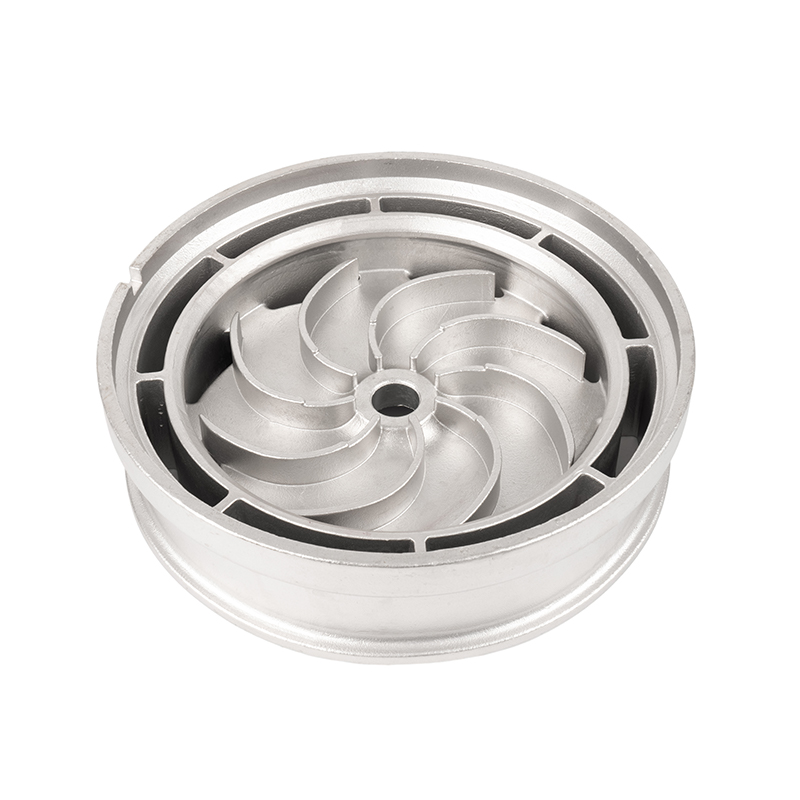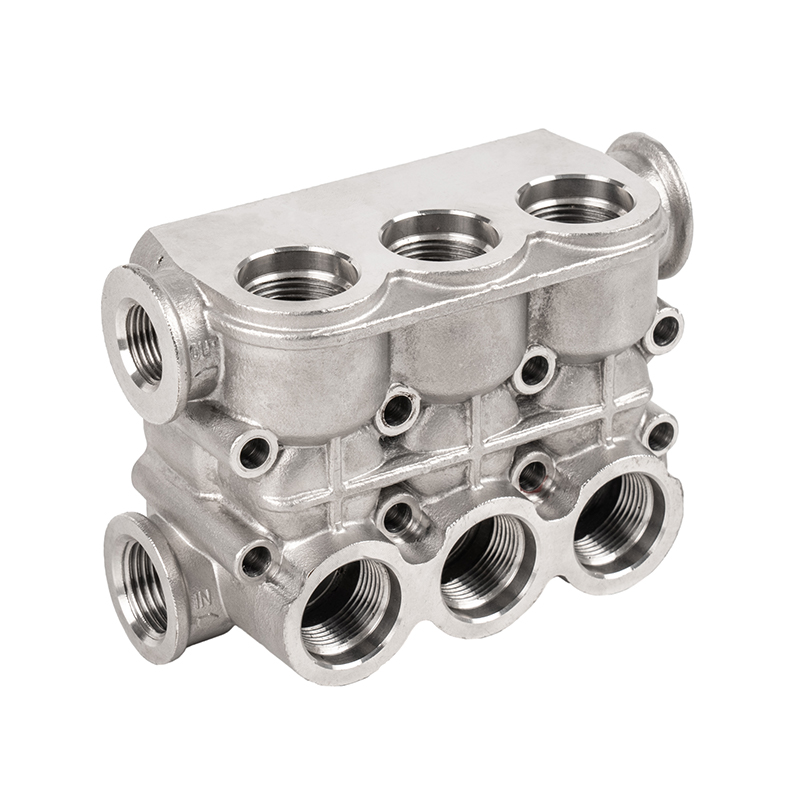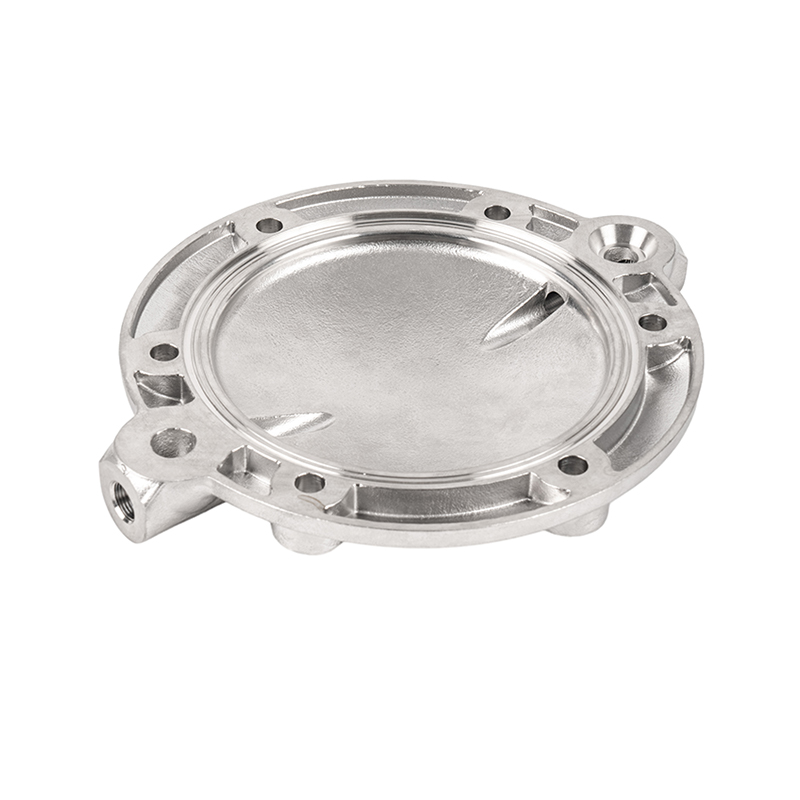What treatment is needed after elbow reducer castings
Elbow reducer castings play a vital role in various industrial applications, especially in the construction and maintenance of pipeline systems. Low-pressure casting is an efficient casting process that can produce high-quality castings. However, after casting, the castings still need to undergo a series of post-processing processes to ensure that their final performance and suitability meet industry standards.
First, cleaning and defect removal of the casting surface are the first step in post-processing. After casting, castings usually have residual casting sand, oxides and other impurities on the surface. The cleaning process usually includes two steps: mechanical cleaning and chemical cleaning. Mechanical cleaning uses tools such as brushes, sandblasting or abrasives to effectively remove casting sand and oxides on the surface of the casting, laying a good foundation for subsequent treatment. For difficult-to-remove dirt, the application of chemical cleaning agents can ensure that the casting surface is clean and free of contamination, providing a guarantee for subsequent inspection and treatment.
After cleaning, the castings need to be fully inspected and tested to ensure that they meet the design and technical requirements. Common inspection methods include visual inspection, non-destructive testing (NDT) and dimensional measurement. Visual inspection observes the surface of the casting with the naked eye to find potential defects such as cracks and pores. Non-destructive testing methods, such as ultrasonic, radiographic and magnetic particle testing, can penetrate deep into the casting to identify possible quality problems and ensure the safety and reliability of the casting. Dimensional measurement uses precision measuring tools to ensure that key parameters such as the inner and outer diameters and angles of the casting meet the design specifications.
Heat treatment is an important step in improving the mechanical properties of castings. Common heat treatment methods include annealing, quenching and tempering. The annealing process reduces internal stress and improves the toughness and plasticity of the casting by heating the casting to a specific temperature and then slowly cooling it. It is especially suitable for elbow-reduced castings that are subjected to high pressure and temperature. If the casting requires higher strength and hardness, a combination of quenching and tempering can be used. The quenching process can significantly increase the hardness of the casting, while tempering helps reduce brittleness, enhance toughness, and ensure stable performance of the casting under extreme conditions.
Finally, surface treatment is an important step in improving the corrosion resistance and aesthetics of the casting. Common surface treatment methods include spraying, electroplating and polishing. Spraying anti-corrosion coatings can effectively improve the corrosion resistance of castings, especially when used in harsh environments, significantly extending their service life. For castings that need to improve surface hardness and wear resistance, electroplating processes can enhance their surface properties and improve durability. The application of mechanical polishing or chemical polishing not only improves the surface finish of castings, but also reduces friction losses during fluid flow, thereby improving overall work efficiency.


 English
English Español
Español русский
русский 中文简体
中文简体

















